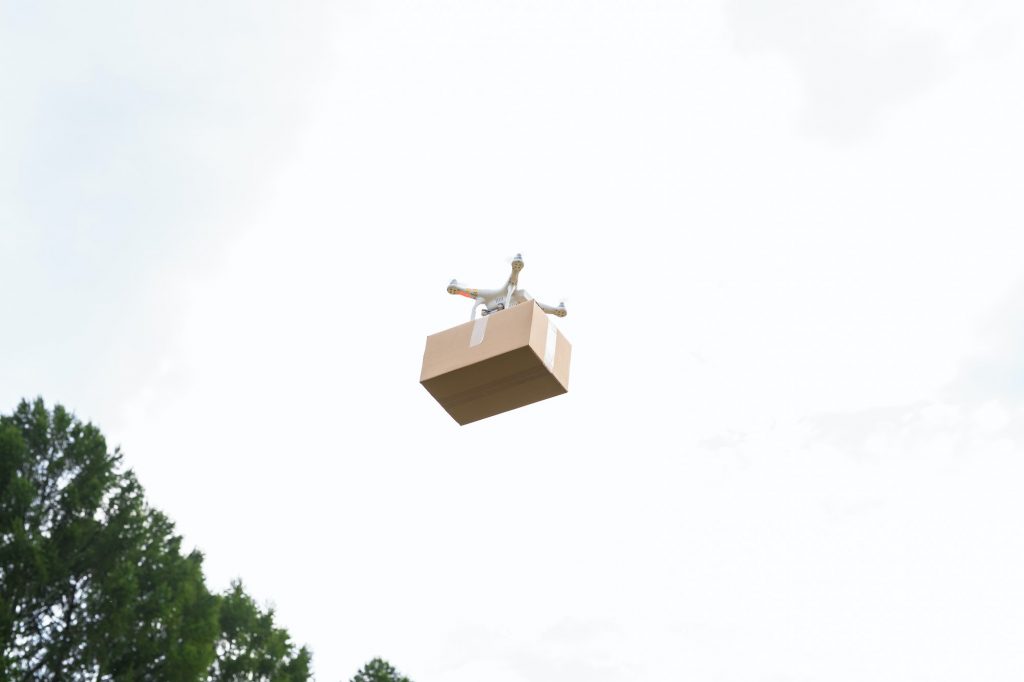Axios reports:As Amazon prepares to debut its long-delayed Prime Air drone delivery service, it’s also showing off a smaller, quieter drone that will be ready in 2024 and could be making regular deliveries in major cities by the end of the decade.
Amazon’s recent effort into the drone delivery industry is characteristic of the company’s history of technological innovation and pioneering spirit. The latest drone from the corporation is intended to be used for delivering packages, and it was just revealed. But while Amazon is developing this new drone, some experts wonder if it is sliding behind rival drone delivery businesses who have already started testing and launching their own delivery drone programmes.
Amazon’s latest drone is a quadcopter with a variety of capabilities designed to facilitate parcel delivery. It may land in a designated area, such a backyard or roof, and uses its built-in sensors and cameras to steer clear of harm’s way and land safely. In addition, the drone is built to transport products weighing up to five pounds, which is the typical weight of 85 percent of Amazon’s deliveries.
Some analysts have questioned if Amazon is too late to the drone market, despite the new drone’s amazing capabilities. UPS, Google, and even some newer, smaller businesses have begun experimenting with and creating their own drone delivery services. More than 1,500 drone deliveries have been made successfully by UPS, and the company has plans to extend the programme.
One major worry is that Amazon might be slowed down in the rollout of their drone delivery programme due to regulatory constraints. Amazon’s drone delivery service might take some time to launch due to the FAA’s stringent rules and restrictions for drone operations.
In addition, there is the possibility that Amazon may face competition from firms that have already established themselves as leaders in the drone delivery market. Google’s Project Wing, for instance, has been developing and testing its own drone delivery service for several years and is now delivering deliveries to consumers in remote regions. Flirtey and Zipline, for example, are just two of the many startups now piloting their own drone delivery programmes that might beat Amazon to market.
But Axios also suggests Amazon may be lagging its competitors. Walmart already has $3.99 drone delivery in six states — for up to 100,000 different products, weighing up to 10 pounds. And there’s also other drone delivery services from Zipline and Google-owned Wing that have already launched limited-area commercial services.
Still, Amazon has a good shot of dominating the market for drone-delivered goods despite these reservations. The corporation has been experimenting with drone delivery for some years and has a massive logistical network. Amazon also has a sizable client base and plenty of capital to put towards researching, designing, and testing their new drone.
To sum up, Amazon’s new drone for package delivery has the potential to transform package transportation by making it more efficient and cost-effective. But Amazon needs to move quickly to establish its drone delivery programme in order to stay up with the competition and overcome regulatory difficulties. Amazon has all the makings of a market leader in drone delivery with the correct strategy and investment. However, if it lags behind, the business might not be able to recover in time.












